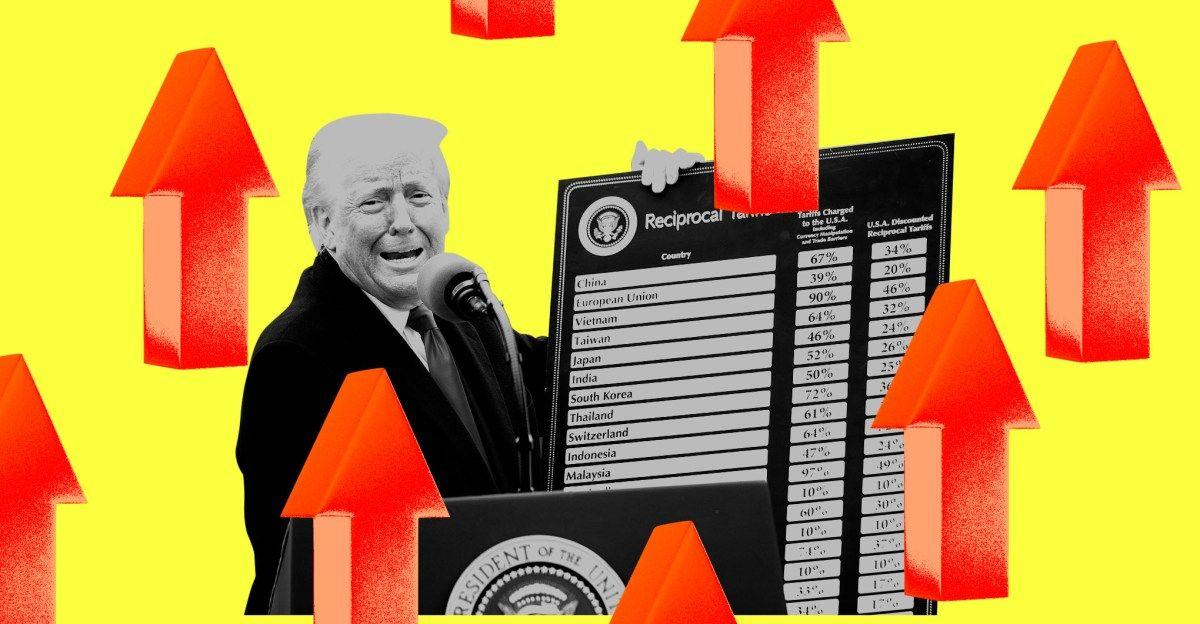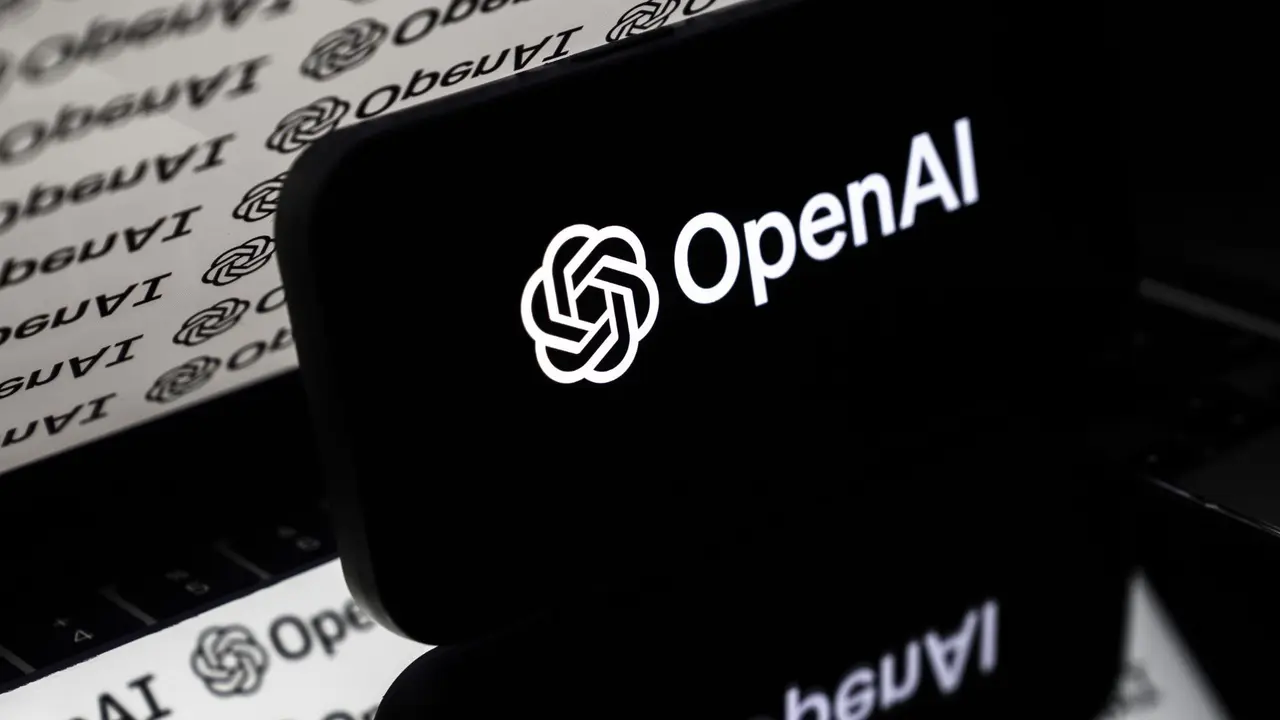US-China Trade War Threatens AI Development and Global Tech Supply Chains
2 Sources
2 Sources
[1]
Trump's trade war puts America's AI ambitions at risk
The global trade war triggered by US President Donald Trump earlier this month shows no signs of ending anytime soon. In recent days, China suspended exports of a wide range of critical minerals that are vital ingredients in everything from electric cars and drones to the semiconductor chips that power artificial intelligence (AI) servers. Around the same time, Trump also indicated he would soon impose new tariffs on semiconductor chips. All of this is happening at the same time the US is forging ahead with a US$500 billion (A$784 billion) project known as "Stargate" to accelerate the development of AI in the country. But the escalating trade war does not square with America's ambitious AI plans. In fact, Trump's tariffs (which, in the case of China, now total 145%) are set to undermine these plans by increasing the cost of AI development and disrupting supply chains for AI goods. In turn, this will hinder the pace of AI innovation and adoption in the US - and potentially elsewhere. Inflating the prices of essential components AI development requires significant computational power and specialised hardware such as high-end graphic processing units (GPUs), which are predominantly manufactured in Taiwan and South Korea and often assembled in China. US tariffs will directly inflate the prices of these essential components. One analysis estimates tariffs could increase the material costs of data centre building by around 20%, with IT hardware components potentially rising by 25%. This is a major concern for AI industry leaders such as OpenAI, which operates ChatGPT. For example, the company's chief executive, Sam Altman, recently said his team is "working around-the-clock" to determine how the trade war would affect the cost of running their AI models. But the increased cost on AI development caused by the trade war will also mean tech startups in the US will have higher barriers to entry and fewer opportunities to test AI capabilities. In turn, this will harm AI innovation. In theory, tariffs might support the reshoring of chip production in the US through initiatives such as the CHIPS and Science Act, which promotes domestic US semiconductor production. But it would take years for such efforts to fully bear fruit. And Trump has also recently taken steps to walk away from the CHIPS and Science Act. Aggressive AI nationalism The trade war also creates risks for the international development of AI. For example, the cost increases that flow from tariffs could create a reluctance to invest in AI infrastructure - particularly data centres. Other tech companies might also cancel or delay plans to build data centres in the US partly because of higher equipment prices. In addition, tariffs could push countries into further fortifying their AI efforts, creating a kind of aggressive AI nationalism. They could also encourage domestic AI development to promote national interests. This could lead to isolationism and put another nail in the coffin of the open-source culture that once fuelled AI innovation. Tariffs are supposed to promote domestic industries. But high costs and a fracturing of the cooperation that is indispensable to the continuation of the AI landscape might well be the outcome. Knock-on effects for Australia Australia is not the direct target of most US tariffs. But the tariffs on advanced technologies and critical components pose risks to its ability to develop AI. Although Australia aims to bolster its domestic AI capabilities, it currently relies heavily on imported hardware for AI development. Tariffs will likely make it more expensive for Australian companies and research institutions to acquire the necessary infrastructure, such as semiconductors, GPUs, and cloud computing equipment. In turn, this will potentially hinder their technological progress. As the US clamps down on trade and technologies, Australia may find itself locked out of international research projects, perhaps those involving US companies or technologies. Such limits on data sharing, international cross-border AI talent, and cloud infrastructure risk slowing the rate of innovation. To mitigate the above risks, Australia must invest more in developing domestic AI capacity and diversifying its technological partnerships.
[2]
How US-China tariffs could threaten AI growth and semiconductor supply chains
Earlier this month, US President Donald Trump signed an executive order imposing tariffs on imported goods during a "Make America Wealthy Again" trade announcement event. Sejal Sharma is IE's AI columnist, offering deep dives into the world of artificial intelligence and its transformative impact across industries. Her bi-monthly AI Logs column explores the latest trends, breakthroughs, and ethical dilemmas in AI, delivering expert analysis and fresh insights. To stay informed, subscribe to our AI Logs newsletter for exclusive content. Last week, the world watched with raised eyebrows as the US and China engaged in a game of tariff ping-pong. Keeping up with who's levying how much tariff on whom has been difficult as we move into the thick of the tariff drama. To be clear, things as they stand today (and they can change very quickly) are that the US has imposed an eyewatering 145 percent tariff on Chinese goods, and China has imposed a 125 percent tariff on American goods.
Share
Share
Copy Link
The escalating trade war between the US and China, marked by high tariffs and export restrictions, is posing significant challenges to AI development and semiconductor supply chains, potentially hindering global technological progress.

Escalating Trade Tensions Between US and China
The global trade war, initiated by US President Donald Trump, has intensified with China suspending exports of critical minerals essential for various technologies, including AI servers
1
. Simultaneously, Trump has signaled intentions to impose new tariffs on semiconductor chips. This escalation comes at a time when the US is pursuing a $500 billion "Stargate" project to accelerate AI development1
.Impact on AI Development and Costs
The trade war poses significant challenges to America's AI ambitions. US tariffs, now totaling 145% on Chinese goods, are expected to increase the cost of AI development and disrupt supply chains for AI-related products . This could potentially slow down AI innovation and adoption not only in the US but globally.
Rising Costs of Essential Components
AI development relies heavily on specialized hardware such as high-end graphic processing units (GPUs), predominantly manufactured in Taiwan and South Korea and often assembled in China. The US tariffs are likely to inflate the prices of these essential components significantly
1
.Concerns for AI Industry Leaders
Industry leaders like OpenAI, which operates ChatGPT, are actively assessing the impact of the trade war on their operations. Sam Altman, OpenAI's CEO, has expressed concern about how these developments might affect the cost of running their AI models
1
.Potential for Aggressive AI Nationalism
The trade war could push countries towards aggressive AI nationalism, encouraging domestic AI development to promote national interests. This shift might lead to isolationism and potentially end the open-source culture that has been crucial for AI innovation
1
.Related Stories
Global Implications
While the US aims to bolster domestic semiconductor production through initiatives like the CHIPS and Science Act, the immediate effects of the trade war could be detrimental to global AI progress. Countries like Australia, which rely heavily on imported hardware for AI development, may face increased costs and potential exclusion from international research projects
1
.The Path Forward
To mitigate these risks, countries may need to invest more in developing domestic AI capabilities and diversify their technological partnerships. The current situation underscores the delicate balance between promoting domestic industries and maintaining the global cooperation necessary for continued AI innovation
1
.References
Summarized by
Navi
[1]
[2]
Interesting Engineering
|How US-China tariffs could threaten AI growth and semiconductor supply chains
Related Stories
Recent Highlights
1
AI Chatbots Sway Voters More Effectively Than Traditional Political Ads, New Studies Reveal
Science and Research

2
Google AI glasses set to launch in 2026 with Gemini and Android XR across multiple partners
Technology

3
EU Launches Antitrust Probe Into Google's AI Training Practices and Content Usage
Policy and Regulation







